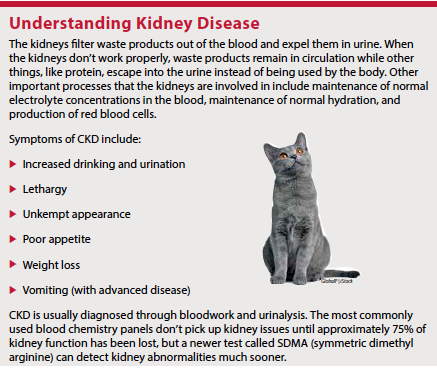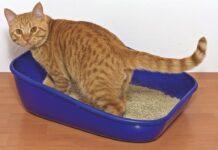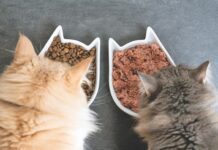Q: My male 10 ½ year cat is an active, healthy indoor/outdoor guy who spends the majority of his time outside. What percentage of his wet/canned food should be protein?
A: Thanks for getting in touch, and this is a great question. Feeding a nutritionally complete and balanced diet is vital to maintain the health and well-being of our feline friends, and an important consideration in this regard is the protein content of cat foods.
Proteins are found in every cell in the body. They provide essential building blocks for the development, maintenance, and repair of the various organ systems, blood components, immune system, and enzymes needed to sustain life.
Proteins, especially animal proteins, comprise the most expensive component of cat food production, so some cat food manufacturers may skimp on protein content in their foods, which may suffice for cats’ survival but not to foster their optimal health.
Aside from the quantity of protein in cat foods, another important consideration is the quality of the proteins they contain. Some manufacturers source the proteins used in the production of their products from more reputable/reliable sources than others, and your veterinarian and/or a veterinary nutritionist can provide guidance in this regard.
I will assume that your cat is healthy based upon careful monitoring via routine veterinary visits, which should be carried out twice yearly for a boy of his age (cats over 10 years old should visit the veterinarian for well-care visits twice yearly, once yearly for younger cats).
I say this because a potentially important and controversial consideration for optimal protein content in cat foods is the health of a cat’s kidneys. Cats with chronic kidney disease (CKD), which affects up to 3% of all cats, may benefit from moderate protein restriction (this is, perhaps, not as important as dietary phosphorus restriction, but that’s another story), so for the sake of this discussion, I will assume that your cat has healthy kidneys (see sidebar).
Current American Association of Feed Control Officials (AAFCO) recommendations are to feed healthy adult cats a diet that has a minimum of 26% crude protein on a dry matter basis. The “dry matter basis” part of this recommendation is intended to control for the varying water content of different foods (i.e. canned versus dry).

To calculate the crude protein percentage of a cat food, first find the percent moisture content of the food (in the guaranteed analysis on the label) and subtract this from 100, which will tell you the percent dry matter of the food. Then divide the crude protein percentage by the percent dry matter and multiply this value by 100. This tells you the crude protein percentage of the food on a dry matter basis.
It’s important to note that growing kittens have a higher dietary protein requirement than adult cats, and their food should contain at least 30% crude protein on a dry matter basis, so choose an all-life-stages or kitten food for them.
I hope this is helpful, and remember that your veterinarian is your best source of guidance when making decisions about which food to feed your cat.




